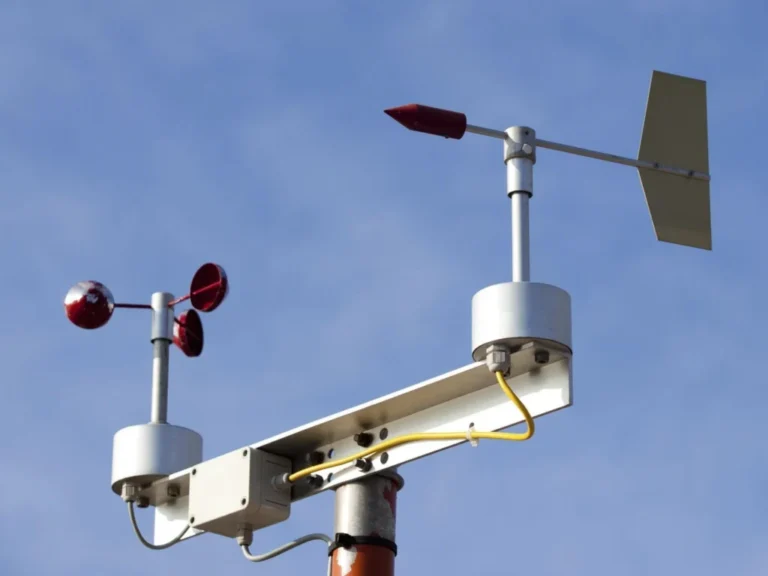Rainfall Sensor: A Key Tool for Weather Monitoring and Water Management

# Rainfall Sensor: A Key Tool for Weather Monitoring and Water Management
## Introduction to Rainfall Sensors
Rainfall sensors are essential devices used to measure the amount of precipitation in a specific area over a given period. These sensors play a crucial role in weather monitoring systems, agricultural planning, and water resource management. By providing accurate and timely data, rainfall sensors help scientists, farmers, and policymakers make informed decisions.
## How Rainfall Sensors Work
Modern rainfall sensors utilize various technologies to detect and measure precipitation. The most common types include:
- Tipping bucket rain gauges: These use a small bucket that tips when filled with a specific amount of rainwater, with each tip representing a set volume of precipitation.
- Optical rain sensors: These detect raindrops by measuring the distortion of light beams caused by falling precipitation.
- Weighing rain gauges: These measure the weight of collected precipitation to determine rainfall amounts.
- Disdrometers: Advanced sensors that measure drop size distribution and velocity in addition to rainfall intensity.
## Applications of Rainfall Sensors
Weather Forecasting and Climate Research
Rainfall sensors provide critical data for meteorological stations, helping to improve weather forecasts and track climate patterns. Long-term rainfall data collected by these sensors contributes to climate change research and helps identify trends in precipitation patterns.
Agriculture and Irrigation Management
Farmers rely on rainfall data to optimize irrigation schedules, prevent overwatering, and conserve water resources. Accurate rainfall measurements help determine crop water requirements and improve agricultural productivity.
Flood Warning Systems
In flood-prone areas, networks of rainfall sensors provide early warning by detecting heavy precipitation that could lead to flash floods. This data helps emergency services prepare and respond more effectively.
Urban Water Management
Cities use rainfall data to manage stormwater systems, prevent sewer overflows, and plan infrastructure development. The information helps urban planners design more resilient water management systems.
## Advantages of Modern Rainfall Sensors
Today’s rainfall sensors offer several benefits over traditional measurement methods:
- Real-time data collection: Many sensors can transmit measurements instantly to central databases.
- High accuracy: Advanced technologies reduce measurement errors common in manual readings.
- Remote monitoring:
Sensors can be placed in hard-to-reach locations and monitored from a distance. - Low maintenance:
Modern designs require minimal upkeep compared to traditional rain gauges. - Integration with other systems: Rainfall data can be combined with other environmental measurements for comprehensive analysis.
## Future Developments in Rainfall Sensing Technology
The field of rainfall measurement continues to evolve with emerging technologies:
- Wireless sensor networks: Creating dense grids of interconnected rainfall sensors for hyper-local precipitation monitoring.
- Satellite-based measurements: Combining ground sensors with satellite data for comprehensive regional coverage.
- AI-powered analysis: Using machine learning to improve rainfall prediction models based on sensor data.
- Smart city integration: Incorporating rainfall sensors into urban IoT networks for better water management.
## Conclusion
Rainfall sensors have become indispensable tools for understanding and managing our water resources. From improving weather forecasts to optimizing agricultural practices and preventing flood damage, these devices provide valuable data that supports sustainable water management. As technology advances, rainfall sensors will continue to play an increasingly important role in addressing water-related challenges in our changing climate.
Keyword: rainfall sensor

